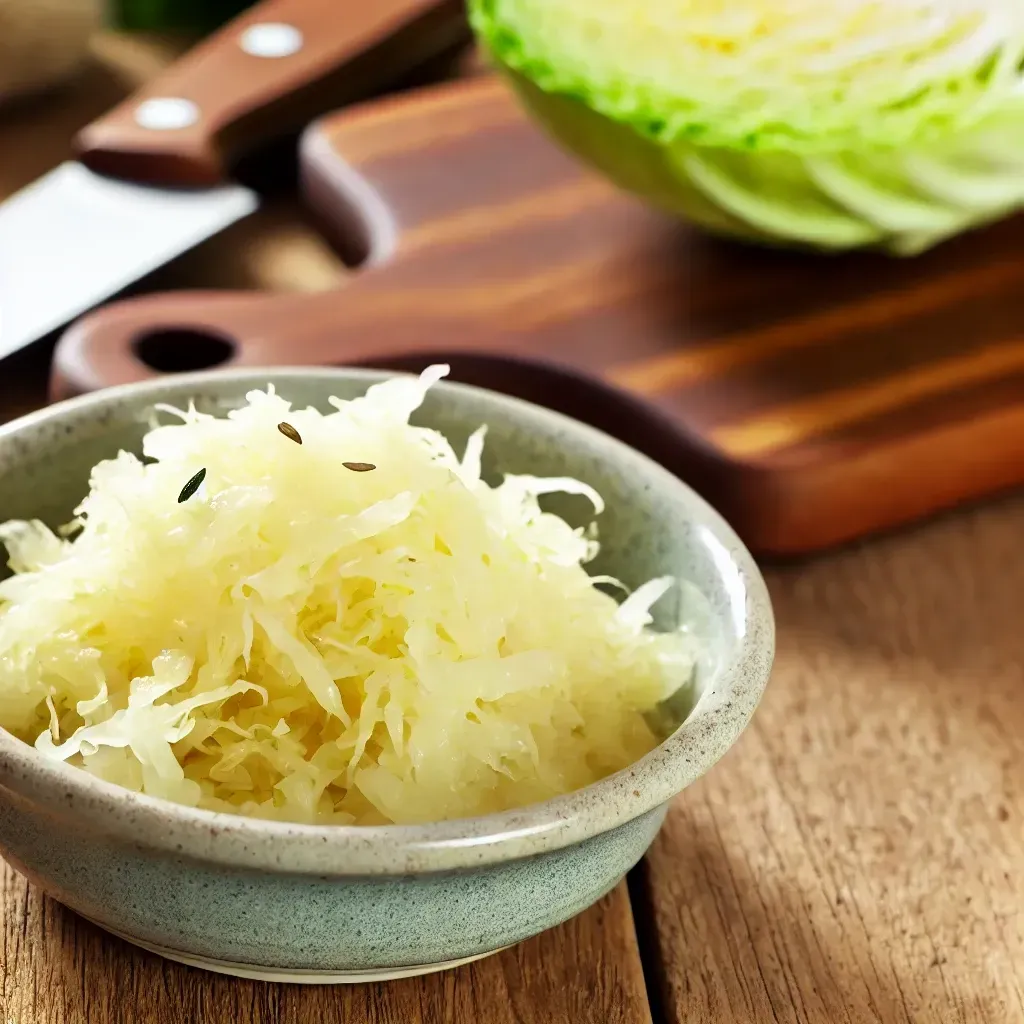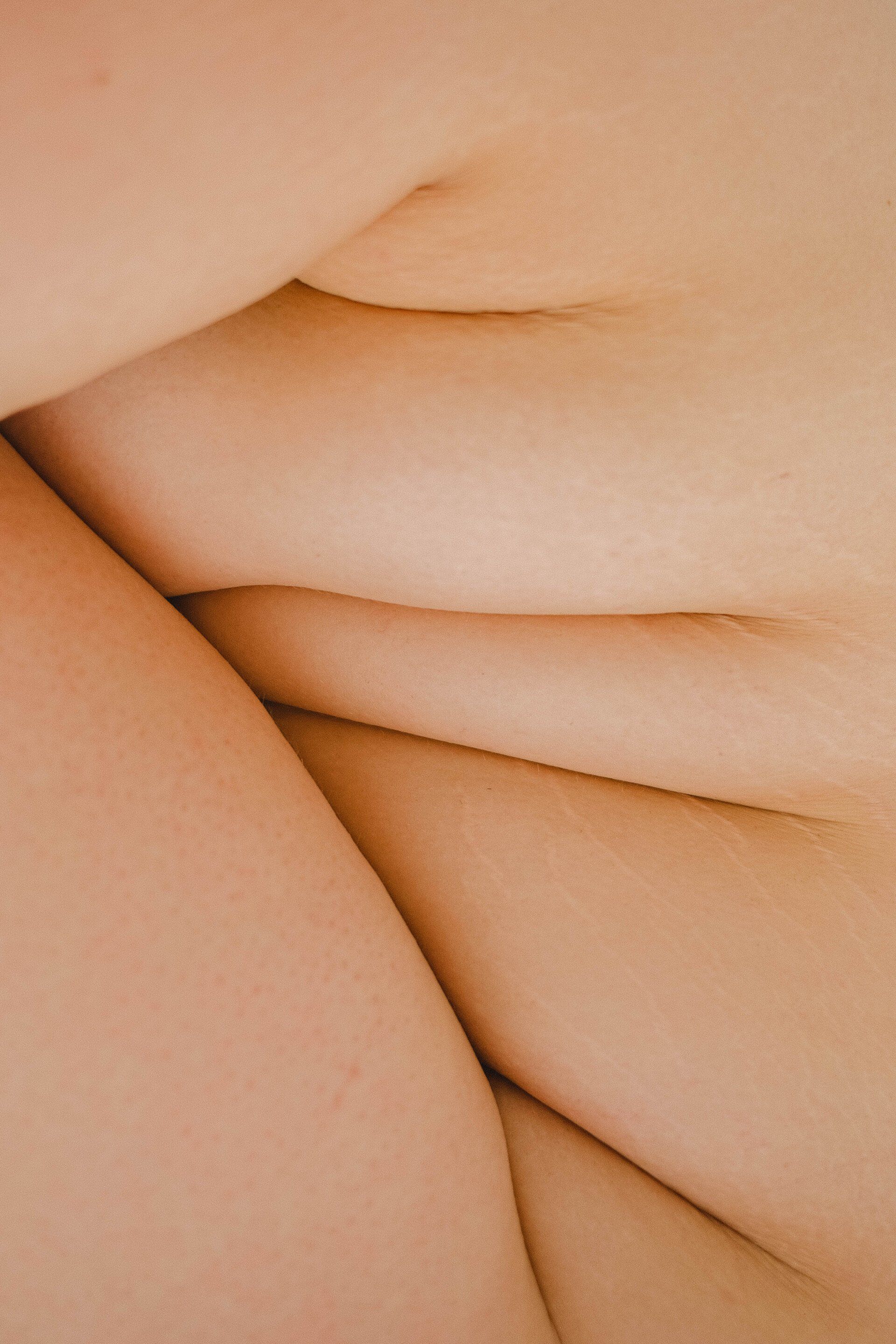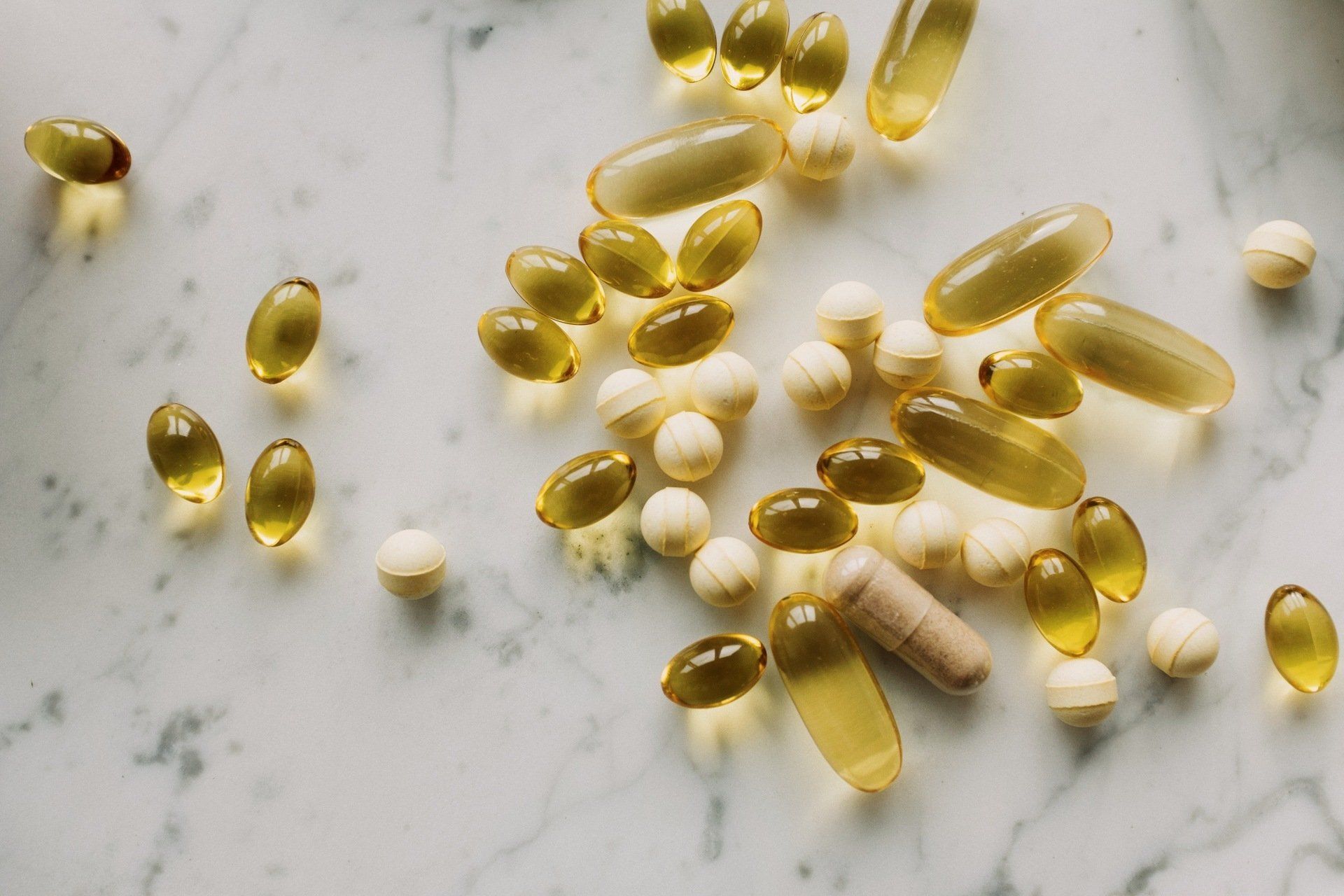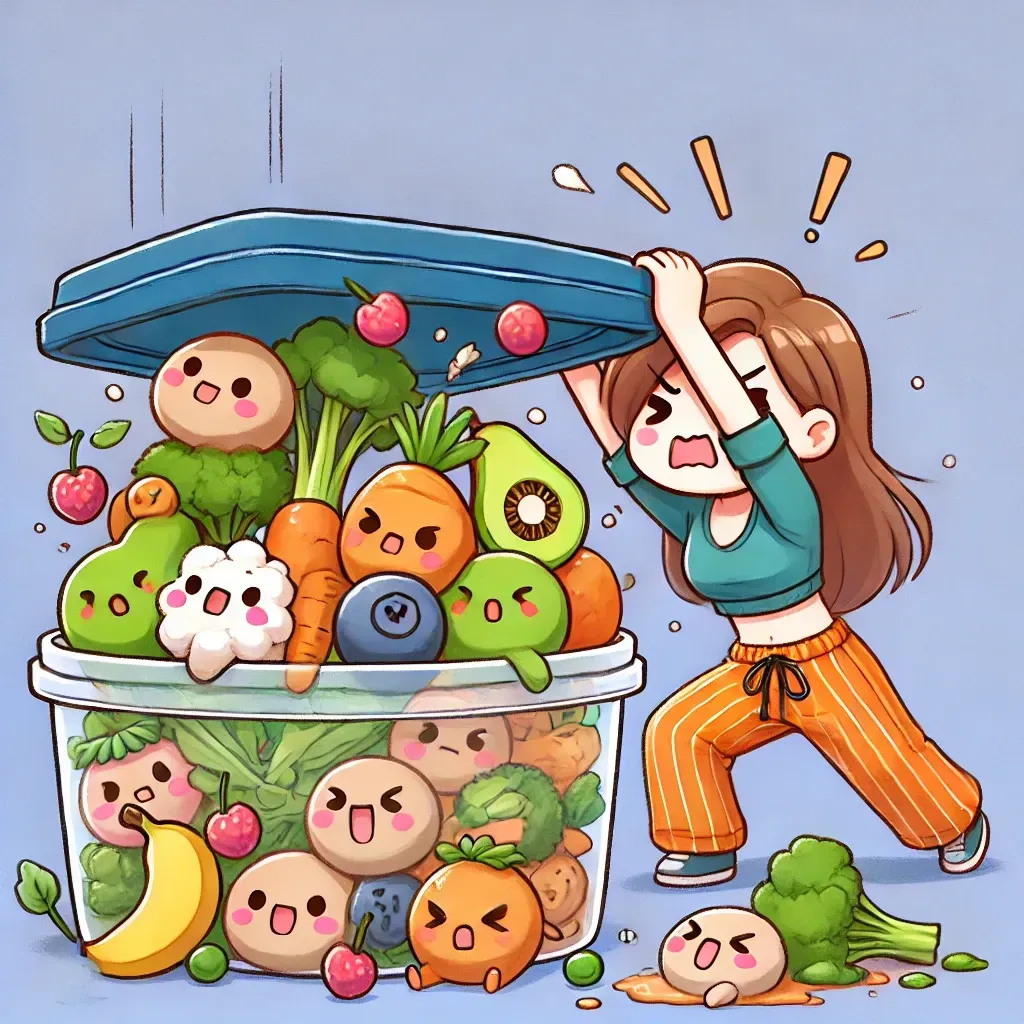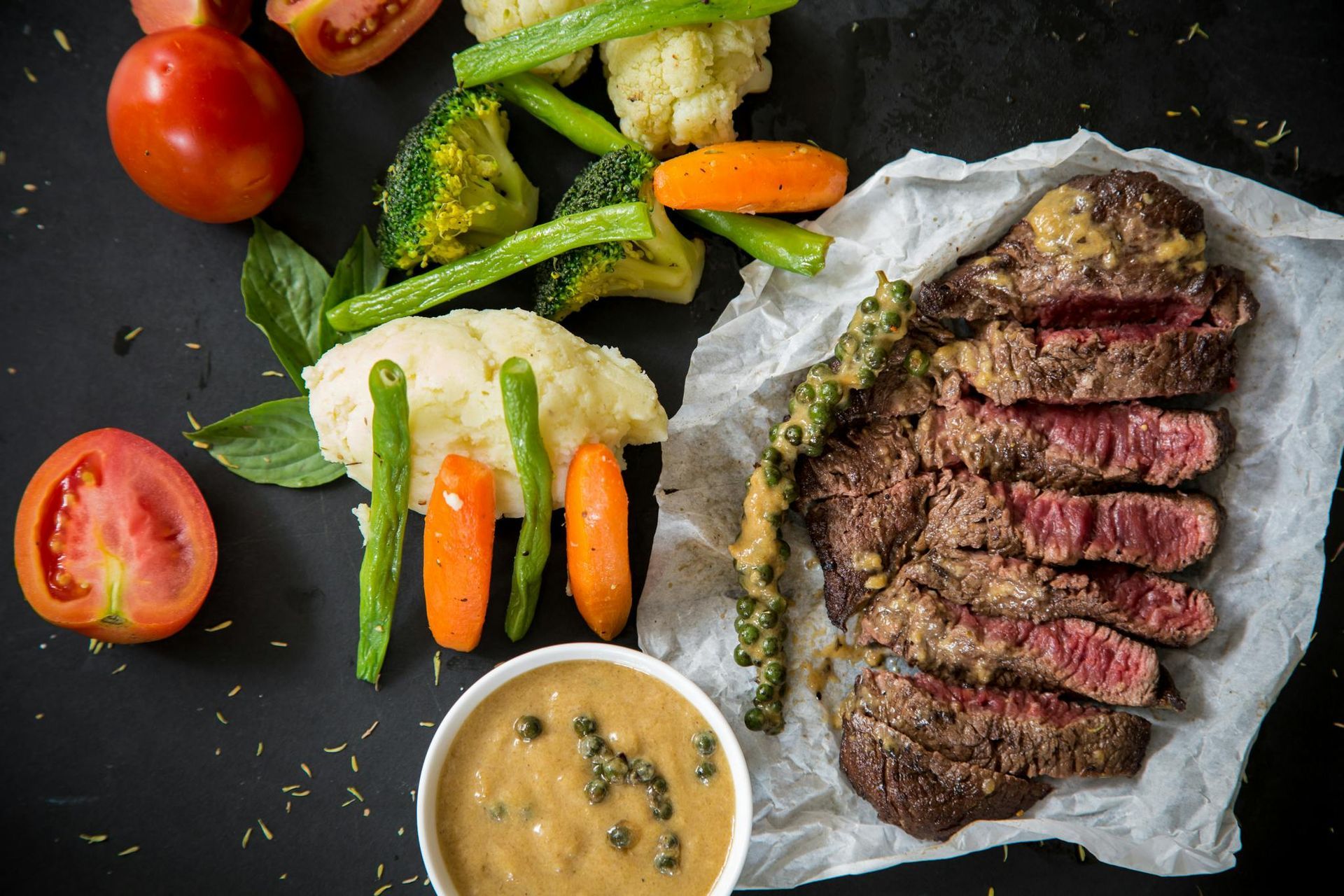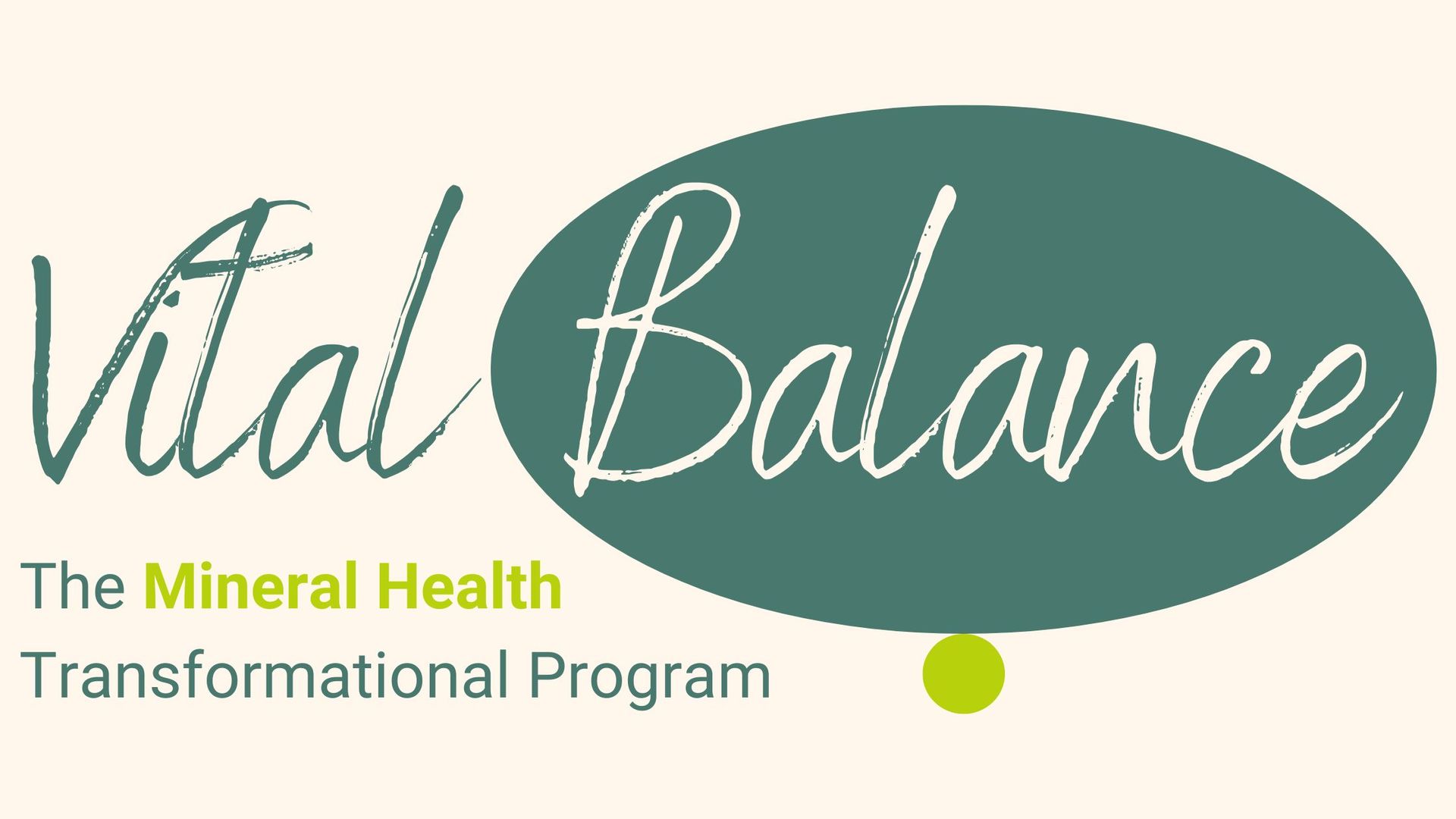Control Your Urge To Indulge
I want it! Sooooooo bad. But I want to lose weight, too. It’s not on my list of healthy, squeaky clean healing foods, but what will one little bite hurt? I can start again fresh and clean tomorrow.
When brownies call your name and you are trying to break up with them, it is difficult to avoid the urge to want to indulge. But you know if you give in that you will berate yourself with guilt for the next 24-48 hours and the tsunami of eating everything off-plan will take over your life. One bite will start an avalanche... But you just can't stop thinking about the pan of brownies you made for the kids.
Enter: Urge Surfing
Urge surfing is a mindfulness technique used to curb those super tough cravings that you just can’t seem to overcome. It uses the imagery of riding the waves of an ocean: an urge will crest like a wave, but eventually subside. The waves (urges) keep coming, but as you get closer to shore, they get smaller and smaller.
Urges rarely last longer than 30 minutes--AS LONG AS YOU DON’T “FEED” THEM. It’s just like feeding a stray cat: once it knows there’s food, it will keep coming back. However, don’t try to ignore the urge either, as this often makes it bigger and worse. There is a reason urge surfing uses the imagery of
riding a wave, not plowing through it. If you practice being mindful of the urge, your ability to surf will likely improve.
Start by watching your breath. Don’t change it, just be aware of it. Next notice your thoughts, but don’t judge, feed or fight them. Then, bring your attention back to your breath.
Be mindful of how the urge affects your body:
- Think about physical sensations associated with the urge and where they occur:
- Is it strong or fairly weak?
- Does it feel hot or cold?
- Where is it coming from?
- Is it getting better or worse with each breath you take?
- Practice this for at least five cycles of breathing (should only take about one minute).
- Repeat this process if more than one part of the body is affected.
- Notice, at the end of the session, how things feel differently.
- Be conscious of changes to the urge over the course of time.
If you have many different urges, don’t try to take them all on at once as that would be extremely overwhelming. One step at a time, one urge at a time. You want to set yourself up for success, so start small and add on when you’re ready. And give yourself some grace--this is not going to stop overnight. Practice and you will improve.
There’s a reason Homer Simpson looks (and feels) the way he does. The lack of self-control and bodily self-awareness is evident every time he picks up a donut (or twelve). Don’t be Homer. Surf the urge!
Urges can also be a symptom of other health concerns or imbalances. The body often craves different things in effort to communicate to us a need it has. If you struggle with urges and cravings, reach out so we can look at all your symptoms and learn what your body is trying to tell you. Schedule a Health Discovery Session so we can talk more and explore the best option for supporting your health.
Information for this blog sourced from
https://med.dartmouth-hitchcock.org/documents/Urge-Surfing.pdf

Don't Miss Out On More!

Heidi Toy FNTP
I help people all over the world heal by identifying and treating the root cause of their body imbalances. Through diet and nutrition, I guide them towards wholeness and balanced lives.
Heidi Toy Functional Medicine Blog



